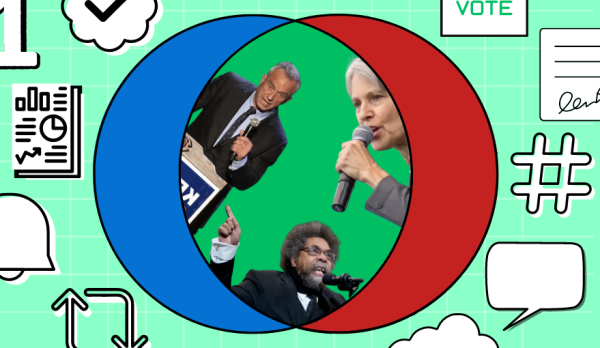The government is killing our dogs
Controlling the environment should not be a power given to the government, especially if it is taking the lives of our pets. The community should work to protect their area and think of alternative ways to fix the invasive species problem.
May 18, 2017
On March 17, a fourteen year old boy, Canyon Mansfield, reported that a cyanide trap had killed his dog and injured him as well. As he was walking his dog just ten minutes away from his home, he noticed something sticking out of the ground and decided to touch it. The trap exploded, spraying cyanide in his eyes and on his dog. The dog, a labrador retriever, died within minutes of the spray entering its mouth. Cyanide is a fast-acting, deadly chemical that can be in the form of a gas or a crystalline salt that kills by depriving the body of oxygen. It turns out that this trap was placed by the USDA to kill coyotes in order to control their population and ensure that they were no longer a problem in Idaho. The USDA stands for the United States Department of Agriculture which is a U.S. federal executive department responsible for developing and executing federal laws related to farming, agriculture, forestry, and food. One of their goals is to preserve the nation’s natural resources through conservation and restored forests. However, this goes to question if their decision to use cyanide traps to kill wild animals are a problem in a human populated area. There has to be a better way to control an animal’s unwanted presence without having to kill it. This just seems to be a quick and easy way to deal with the problem rather than thinking of a safe solution such as putting up a fence. When asked about the incident, the USDA said that the traps are only put out at the request of property owners and managers. However, in this case, none of Mansfield’s neighbors were aware of the traps.
As of 2013, it has been reported that 230 dogs were killed by M-44s, the cyanide traps. Even humans have been greatly affected in the past. One man suffered from severe breathing problems, high blood pressure, and frequent vomiting years after the incident. If these traps have killed people’s pets and even injured humans, then how are they still legal? It seems that saving the lives of people and their dogs would be better than killing off a population of coyotes and other invasive animals. The government should not have so much power over nature because they could put it out of balance. Junior Rachel Gittelman said, “I don’t understand how the government doesn’t care when it comes to most environmental issues but decides to take action when a problem is threatening to topple their capitalist structures.” What she means is that when something they deem not as important such as invasive coyote populations comes about, then they handle it in the least thought out way. However, when a situation is threatening to the government and not society as a whole, then they make sure to do something serious about it. A different view came from junior Bryce Quarrels who said, “I feel they should do whatever is necessary as long as it does not negatively affect people.”
While the government is trying to control the environment, they are only creating more problems. Trying to control an animal’s population will only disrupt another, such as when they kill wolves; then the rabbit population sky rockets, creating another problem. The government should not be allowed to control nature, especially if they are blind to the fact that it is hurting people and their pets.























